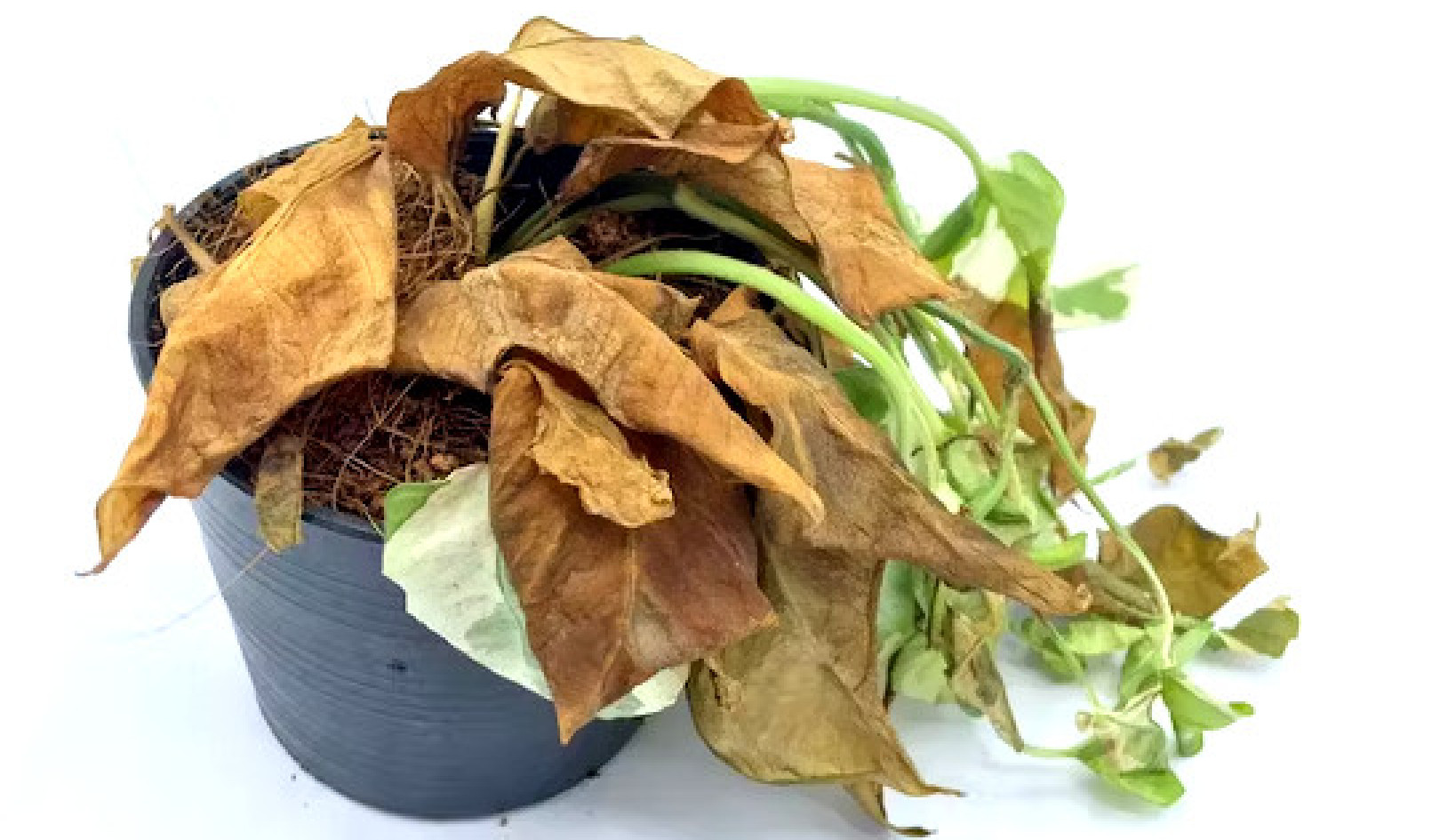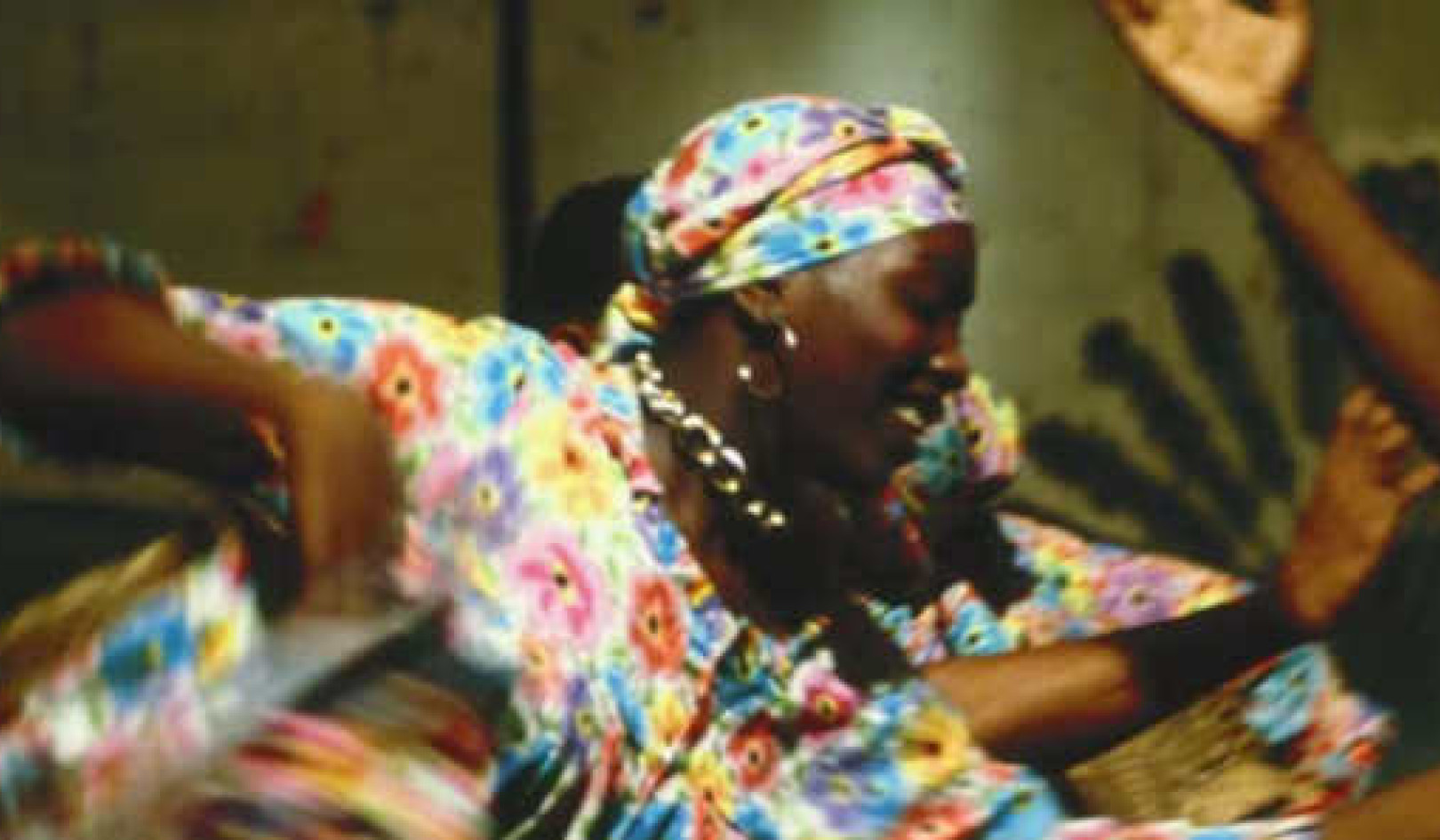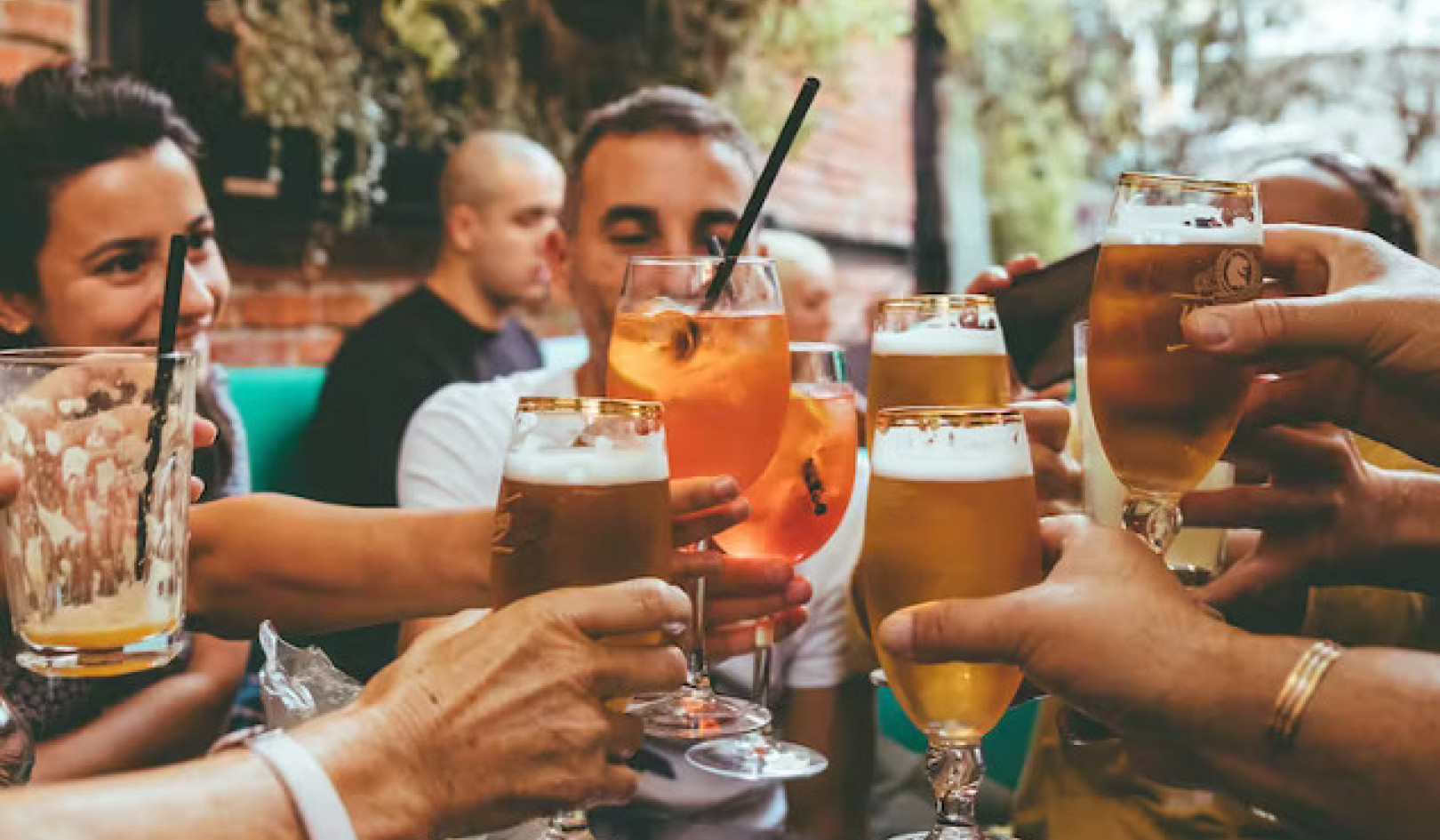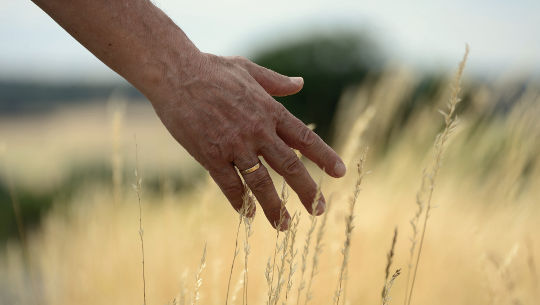
Image by congerdesign
You may be familiar with the term Relaxation Response. This was coined by Dr. Herbert Benson, who wrote a book by the same title. All stress reduction techniques generate this response, marked by physical and mental features which contribute to good health. These include a decrease in oxygen consumption, blood pressure, muscle tension, breathing and heart rates.
Brain wave patterns are also altered to elicit a state we commonly think of as "peace of mind," during which we can let go of worries and distracting thoughts: the brain waves known as "alpha" become dominant.
Using Touch Instead of a Mental Device
Dr. Benson distills four components common to all stress reduction techniques: a quiet environment; a comfortable position; a passive attitude (letting it happen rather than trying to make it happen); and a mental device. He describes mental device as "a sound, word, or phrase repeated silently or aloud; or fixed gazing at an object."
Mental techniques which may seem difficult or time consuming to study can dissuade many people from learning a stress reduction method. The mind may seem hard to control at times, but I have found that touch automatically and effortlessly focuses the mind, allowing it to let go of unwanted thoughts. No meditation experience is required.
Why Touch Works
There are many reasons why using the sense of touch works particularly well as a method and structure for focus and relaxation. You are probably aware of many anecdotes about the animal kingdom and the power of touch. There are the tales of lizards, frogs, dogs, cats, and horses who seem to go into a meditative state when stroked. I had the pleasure of meeting a potbellied pig, named Dolly Bacon, who simply collapsed when I rubbed her belly!
And what about the person receiving a massage? For many of us, simply being stroked, or a simple hug, is enough to send troublesome thoughts out of our minds and tension out of our bodies.
When we are active in touching, rather than being the passive recipient of touch, we are still stimulating our touch receptors; we are indeed still being touched. This may be why a person's blood pressure is lowered when petting a dog or cat, and why many massage therapists report feeling more relaxed after giving a massage, regardless of the physical work involved.
In speaking of touch, it is interesting to look at the properties of skin. It is our largest organ, our protector, and our most pervasive contact with the environment. The skin as a whole contains over 600,000 touch receptors.2 Both the skin and brain originate from the same cells, and our sense of touch develops before hearing and sight. In fact, scientists have found that embryos less than eight weeks old already possess the sense of touch. Touch is our most discriminating sense. Woodworkers, for example, know they must feel to correct imperfections in their work which they cannot see.
It is no wonder that touch — particularly a stroking motion — is a powerful tool for concentration. Our attention is predisposed to automatically remain fixed on the object stroked, so much so that our minds are filled with the stimulus. There is no need to try and control the mind to keep it from wandering away from a mental device such as a repeated phrase. There is also no need to attempt to keep the mind clear of distracting thoughts, a process often required when focusing on a visual object.
The ancients understood well this power of touch. After creating the Symphony of Palms Touch Form, I learned of an Italian cathedral built in the 9th century. A finger path was placed on the outside wall to allow people to reach a relaxed state of mind before entering the church.
Children and Touch
Many agree that children should develop relaxation and concentration skills as early as possible. This is particularly important for those living with Attention Deficit Disorder (ADD/ADHD).
Because children love to touch, it is a naturally appealing way for them to learn these skills. Since there is no need to explain concepts or teach a mental discipline, children of varying ages and circumstances can relate easily to this method.
Improving Focus and Confidence
Over time, the regular practice of relaxed focus leads automatically to an improved ability to concentrate. By utilizing this combination of focus and relaxation before and during challenging events, one can feel a greater sense of mastery. We can experience a pleasant chain reaction: Gentle Focus => Relaxation => Confidence
In fact, conscious relaxation techniques alone have been shown to lead to a greater sense of confidence. Musicians and athletes who must perform under pressure have observed this phenomenon.
Touch has particular appeal and usefulness before or during stressful events. Do we not associate fidgeting with nervousness? Touch allows us to channel this physical energy into a calming motion.
A Demonstration
Find a quiet place to sit or lie down. Are your legs crossed? If so, uncross them. If they were not at first, cross them now. This helps to prepare your mind for something new. Let either hand rest on any convenient and comfortable surface. Take a deep breath, gently hold it for a few seconds, then exhale and let your eyes close.
Now, allow any finger or combination of fingers to begin to stroke the surface. Allow your mind to enter your fingertips, almost as if you were living inside of them. Now pay attention to everything your fingertips feel. Use different parts of your fingertips, letting them move by themselves, tracing imaginary patterns. Notice any textures, and the different curving motions of your hand and fingers.
As you let yourself breathe deeply, slowly, and comfortably, notice every subtle variation and continue as long as you wish. If appropriate, you can let yourself drift off to sleep. Otherwise, when you are ready to finish, take a deep breath, exhale, open your eyes, and connect with your surroundings. Shake your arms and hands and move your body about so that you feel fully awake and alert.
Practice at home, then use this method during travel, before public speaking, tests, or difficult meetings. Use it during work breaks and before bed.
Share it with your children. Touch is powerful. Use it to your best advantage!
©1999 Eliott Cherry, All rights reserved.
Related book:
Beyond the Relaxation Response: The Stress-Reduction Program That Has Helped Millions of Americans
by Dr. Herbert Benson
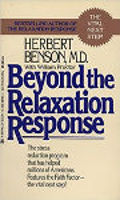 From the bestselling author of The Relaxation Response, a practical program that may help you:
From the bestselling author of The Relaxation Response, a practical program that may help you:
• Relieve headaches, backaches, and chest pains
• Lower blood pressure and cholesterol
• Mitigate insomnia and decrease anxiety
In just minutes a day, you can easily master the stress-reduction techniques that have helped millions conquer or alleviate one of today’s most serious and widespread health problems. Employing neither drugs nor doctors, Dr. Benson’s program is considered by many to be the most beneficial step forward in personal health and well-being in our time.
Click here for info or to order this book
About The Author
 Eliott Cherry is a massage therapist and symphony musician. He is the inventor of the patented Symphony of Palms™ Touch Form™, a new hands-on tool for relaxation, focus, and confidence, and co-creator of Sensate Journeysm workshops for health professionals. Symphony of Palms was founded to promote relaxation and the healing power of touch.
Eliott Cherry is a massage therapist and symphony musician. He is the inventor of the patented Symphony of Palms™ Touch Form™, a new hands-on tool for relaxation, focus, and confidence, and co-creator of Sensate Journeysm workshops for health professionals. Symphony of Palms was founded to promote relaxation and the healing power of touch.




















